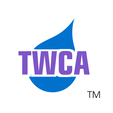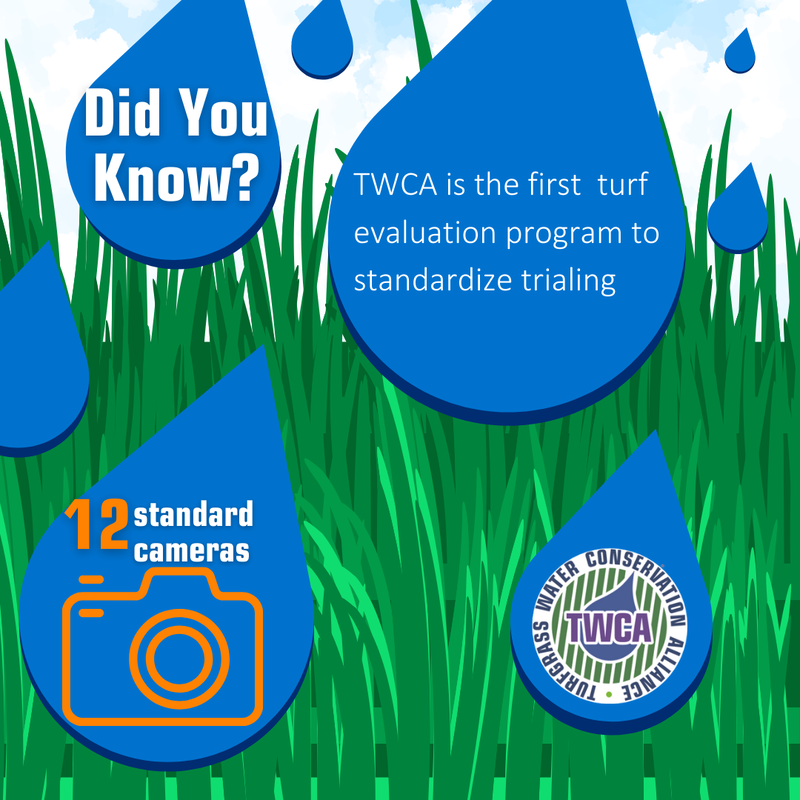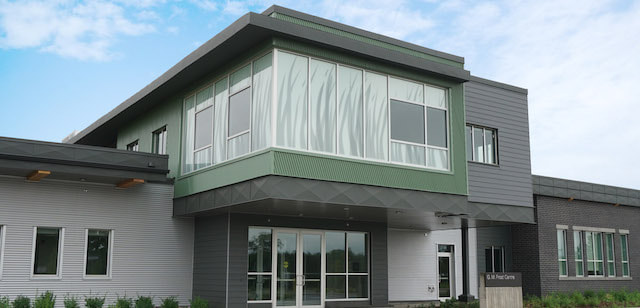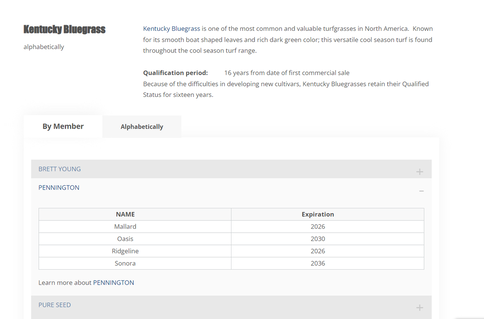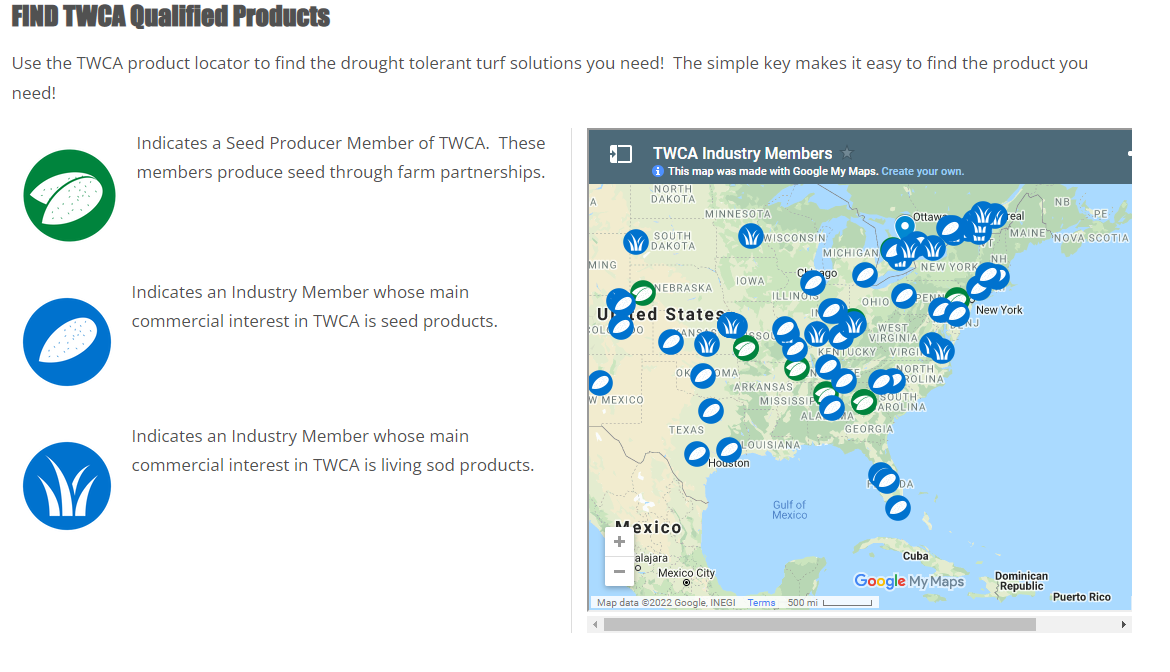 Special thank you to Chris Kanan of Ope Its Mow Time for having us on the show! This was a great discussion about the challenges facing turfgrass and the role TWCA is playing in identifying and promoting drought tolerant turfgrass. TWCA's Executive Director, Jack Karlin talks about the role of independent third-party evaluation in protecting greenspaces and what homeowners can do to make every drop count! Check out The Lawn Feed for more great content!
0 Comments
TWCA is excited to announce a return to live events! Friday August 12th at Guelph Turfgrass Institute, the Green Municipalities Field Day is the first live event for TWCA since 2019 and is the first international field day event for TWCA. Originally scheduled for August 2020, this long anticipated event includes live and virtual components to facilitate easier access and greater inclusivity and accessibility.
Accessibility was a key consideration in the creation of this event. Which is why, when the processing platform TWCA uses, couldn’t process in CAD TWCA created special categories for Canadian attendees and sponsors. These categories are priced in USD and reflect a 25% discount to offset any exchange fees and, hopefully, eliminate the hidden “Canadian tax” that affects so many of our members. For US and other international attendees, field day remains affordable, at $25 USD for Hybrid (in person) and $15 (USD) for Virtual attendance. Turfgrass Water Conservation Alliance (TWCA) created the Irrigation Calculator (based on this calculator from Pennington) to help end-users predict the runtimes of their irrigation systems. Simple. TWCA collaborated with a network of public and private researchers including Oregon State University, University of Washington, University of Arkansas, and NexGen Plant Science Center, on a series of multi-year inquiries to answer some basic questions about site specific conditions. The Irrigation Calculator is simple. Click the greenness of your grass (fun fact: during development we called this the "lush level"). Know the irrigation rate and weekly frequency. Remember where you live. It's true, there are some curveballs in there; not everyone knows if they have TWCA Qualified turfgrasses, but generally, pretty spoon and June. The calculator itself is an example of interdisciplinary cooperation on a public/private partnership resulting in an immediately useful tool.
The site improvements include features requested by TWCA members. Improvements like, simplifying Qualified Cultivars page and making it easier to find specific members. Enhancing the simple interface for users looking for drought tolerant turfgrasses to reduce the water demand of their landscape by 30%, is a consistent, current, and easy to use locator on the site tgwca.org. Clear icons make it easier than ever for end users to find the product they need, while putting the same map on multiple pages means it is never more than a click away! An especially informational feature, the new TWCA Timeline puts a long scroll format timeline front and center. Not only does this highlight the incredible contribution of TWCA to sustainable landscapes but it also shows the dedication of the turf breeders and TWCA members to the consistent improvement of turfgrass. Finally, rounding out the public nip/tuck, is cleaning up the menu bars and pages. By consolidating the Growing Green and Irrigation Calculator under the Home page the menu eliminates clutter and makes it easier for users to navigate to what they need.
Behind the scenes, for members, in the Members Only portion of the website, TWCA has added an area for scheduling webinars and distance learning opportunities, a downloadable version of the MWERLO calculator, and some new member benefits. All together this update helps improve the usability of the site.  SLC Public Utilities Water Conservationist, Stephanie Duer is reporting a 50% reduction in water use at the Concord Lifting Station in the months following the landscape conversion for SLC Turf Trade. The location was selected for conversion as a demonstration canvas for landscape practices suggested by the Center for Water Efficiency (CWEL). This conversion incorporates a number of different landscaping practices to maximize water efficiency. Common landscape tactics for increasing water efficiency include hydrozoning, or grouping plants according to their water need, turf area reduction, and optimizing irrigation design and hardwater for water efficiency. |
Program AdministratorJack Karlin is the Program Administrator for TWCA. His interest is in using policy and the built environment to create livable and sustainable communities. Archives
April 2024
Categories
All
|
|
|
Turfgrass Water Conservation Alliance
|
Copyright © 2022 Turfgrass Water Conservation Alliance. All rights reserved.
